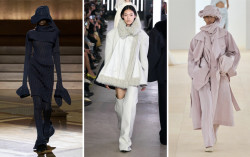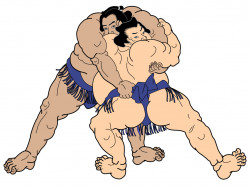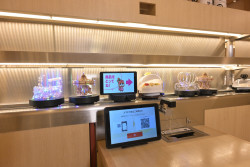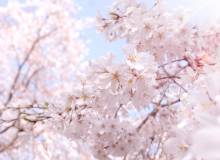
Originally published on metropolis.co.jp on July 2011
Minoya is a Tokyo landmark. For over 110 years, this venerable establishment has been serving sakura nabe, a sukiyaki-type dish but made with horsemeat, to Morishita locals and connoisseurs. Nowadays, though, most Japanese are not familiar with the taste of sakura niku. Pork, beef, and chicken are much more popular. Horseflesh, however, is truly delicious.
The sakura moniker comes from the bright red color of the flesh, which has a fine, close texture and a faint underlying sweetness. One of the best ways to discover this for yourself is with a side order of niku sashi (¥1,800), thin slices of horsemeat sashimi from the senaka, or lower back of the beast, served with a dab of freshly grated ginger and a rich shoyu dipping sauce. Another popular side dish is the pale pink abura sashi (¥1,800), slices of sashimi from the back of the neck.
The main attraction at Minoya is the sakura nabe (¥1,800), a dish you cook yourself at the low table. You will receive a shallow iron pot containing a rich warishita broth made of dashi, shoyu and mirin (rice wine). You’ll also get a plate carefully arranged with a mound of shirataki (thin noodles made from konnyaku), a few slices of negi (welsh onion), a couple slices of fu (wheat gluten dumplings), and some morsels of luscious fat which will later melt into the sauce. Draped over all this are thin slices of bright red momo niku, from the thigh, moistened with a spoonful of sweet brown miso.
If you are not sure how to proceed, an obasan waitress will place a few ingredients into the pot and start the gas fire for you. Once the sauce starts bubbling, you remove each tidbit one by one, then dip it—just as in sukiyaki—into a cup of stirred raw egg as a “sauce.”
Besides being deeply tasty, horseflesh is also healthier with more protein, less fat, and half the calories of beef or pork. Be sure to keep your eye on the meat as it cooks, for it quickly colors in the bubbling sauce. Eat it when it still has a few pink blushes, said the oba-san.
Inexpensive additions to your one-pot meal are the side dishes (each ¥300) of yakitofu, tofu branded with dark grill marks, and enoki mushrooms. Bottled beer, Asahi Super Dry, (¥600) or sake (¥400 per cup) or a highball of Super Nikka (¥700) seem to be the tipples of choice—although half-bottles of wine are also available (¥1,200).
The pace of your meal, then, is up to you as you add, cook, take and dip each ingredient to the slow sizzle and hiss of the bubbling sauce.
The traditional Japanese-style room is large and open with cool reed mats covering the tatami. You’ll sit on a white zabuton at one of the low stainless-steel covered tables arranged along two walls. Old-fashioned white globe lamps hang from the richly-grained wooden ceiling lined with cherry wood crossbeams. This “sakura” motif is repeated in the five-petal flowers cut into the wood of the shoji screen doors that line both walls as well as the serving dishes and sauce pots.
At one end of the comfortable room, under a rope noren, are large sliding windows that look out on a manicured miniature garden complete with a little waterfall, rocks, and a pool of swimming koi.
When you are ready to leave, pay at the table and receive a well-worn wooden “check-paid” billet. Take that and don’t forget the other wooden billet too, the one for your shoes that you left in the black-pebbled genkan as you entered.









